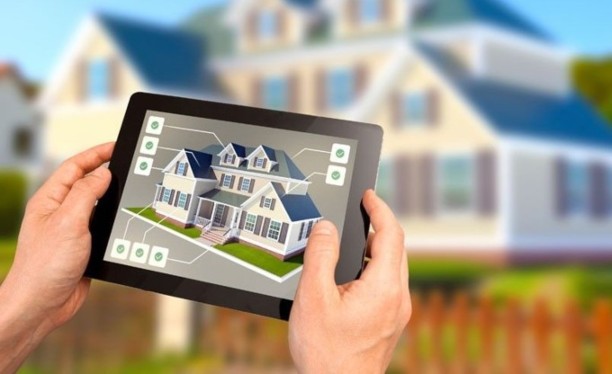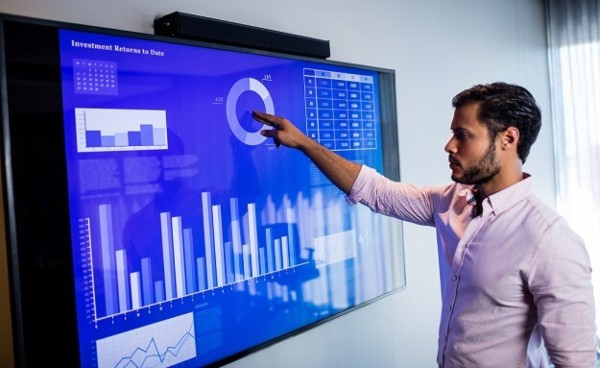Developing land can be time-consuming and complicated, but technology can help make the task easier. For example, land developers like Damon Becnel can use mapping software to understand the lay of the land better. Additionally, you can use surveying tools to identify any obstacles that may be present on the site. Other types of technology that land developers can use in land development include drones, which can take aerial photographs of the land, and GPS systems, which can be used to help with navigation. Below we will discuss the five ways technology has improved land development.

Revolutionized Land Surveying
One of the ways that technology has helped revolutionize land development is through GPS tracking systems that can map out the land. In the past, surveying was done by hand, which led to inaccuracies. However, with GPS tracking, surveying can be done more accurately.
This lets developers know precisely where they need to develop the land, which helps them prevent any mistakes. Not only is this helpful for developers, but it also helps protect the environment because it minimizes the amount of land that needs to be developed. This is just one way that technology has helped change the landscape of land development.
GPS Tracking Systems
GPS tracking systems have become essential for developers working on land development projects. By allowing developers to track the progress of construction and ensure that the project is on schedule, GPS systems help to avoid any delays or disruptions.
In addition, GPS systems can monitor individual workers’ progress, helping to ensure that each worker is productive and efficient. As a result, GPS tracking systems have helped make land development projects more streamlined and efficient.
Computer-Aided Design (CAD) Software
Computer-aided design (CAD) software has revolutionized the land development process by allowing designers to plan and visualize projects before they are built. This is beneficial because it allows developers to see what the project will look like before committing to its construction.
CAD software has also allowed for greater coordination between different disciplines involved in land development, such as architects, engineers, and planners.
By visualizing the project from all angles, developers can avoid potential problems and ensure that the final product meets all regulatory requirements. In short, CAD software has made the land development process more efficient and effective, resulting in better quality projects.
Drone Photography and Videography
In recent years, drones have become increasingly popular photography and videography tools. Thanks to their aerial vantage point, drones can capture footage of a development site that would otherwise be inaccessible.
This is especially useful for developers, who can use drone footage to identify potential problems that may not be visible from the ground. In many cases, these problems can be fixed before they cause delays in the development process. As a result, drones play an increasingly important role in the land development industry.
By incorporating technology into the land development process, developers can save time and effort while ensuring that the project is completed correctly.
Final Thoughts
As a land developer, Damon Becnel always looks for ways to use technology to improve his business. He was one of the first developers in his area to use drones to map out potential building sites, and he has also used 3D printing to create prototypes of his developments.
But Damon is not just an early adopter of new technology; he also uses it to solve problems that have plagued developers for years. In the future, Damon plans to use augmented reality to help potential buyers visualize his developments. He thinks that other developers would also be wise to embrace new technology.



